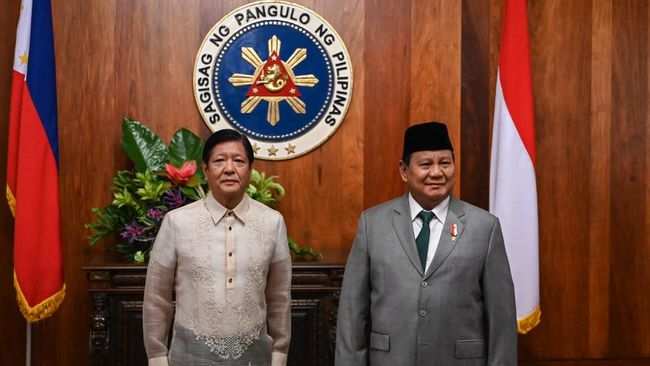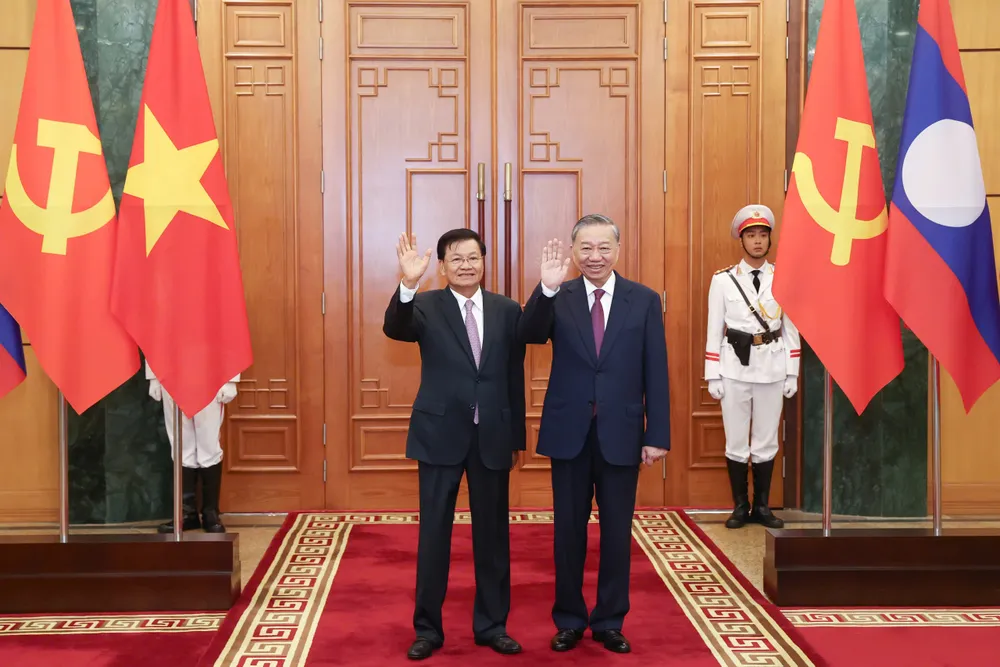When we talk about the most unique or special thing about Southeast Asia, a lot of things come to mind such as the diversity of religions, many delicious foods, or stunning sceneries. But the diversity of ruling systems in Southeast Asia is also worth taking a look at since almost every single country in Southeast Asia has a different ruling system but the relationships between countries are relatively stable.
Monarchy

There are only a handful of countries that are still practicing absolute monarchy and Southeast Asia has one of them with Brunei Darussalam. In Brunei, the current Sultan, Hassanal Bolkiah, holds full executive authority by being both the head of state and head of government.
Next ruling system is the most common monarchy in world, which is called constitutional monarchy. There are two countries in Southeast Asia with this ruling system which are Thailand and Cambodia. In this ruling system, the King acts as the head of state, but his role is mostly symbolic with the Prime Minister holding more significant executive power as the head of government.
Southeast Asia has another monarchial ruling system which is called federal constitutional monarchy with Malaysia currently practicing it. In this type of monarchy, the head of state is not absolute and it rotates among the Sultans of Malaysia’s different states every five years. The head of government is also being served by the Prime Minister.
Presidential and Parliamentary Republic

Democracy could also be found quite thriving in Southeast Asia with Indonesia and the Philippines practising the presidential republic ruling system. In Indonesia, every president would have 5-year term which could be extended to another term with re-election. Meanwhile in the Philippines, an elected President would serve 6-year term without possibility of re-election.
Timor-Leste is also technically a presidential republic, but quite different compared to Indonesia or the Philippines. In Timor-Leste the ruling system is quite unique since they have both a President and a Prime Minister with shared executive powers. It's to make sure that both the President and Prime Minister wouldn't have unchecked authority.
Another type of republic exists in Southeast Asia is parliamentary republic, with Singapore as the only country that is practicing it. Singapore has both President and Prime Minister with President as the head of state and Prime Minister as head of government. But different from the presidential republic, President only holds ceremonial roles while Prime Minister is equipped with more significant executive power.
Socialism

The exact opposite of democracy, which is socialism could also be found in Southeast Asia. There are two single-party communist states in Southeast Asia which are Viet Nam and Laos. In these two countries, only one party has a complete control over the state power. They do hold elections, but it looks quite pointless since the candidates would always come from the same party.
Military Junta

Unfortunately, there’s also a military junta ruling a country in Southeast Asia with Myanmar. The people of Myanmar didn’t ask for this since they voted for the Nobel Peace winner Aung San Suu Kyi as their leader in 2020 Myanmar general election. But sadly, three months later, the Tatmadaw or Myanmar Armed Forces led by Min Aung Hlaing executed a coup and arrested Aung San Suu Kyi.
Since then, Min Aung Hlaing put himself into power and rule as a leader until now. But after the coup happened, the people of Myanmar are still not giving up since the civil war is still going on as per this moment. Not only the resistance around Myanmar is still alive, but some reports say that they are also winning.



















